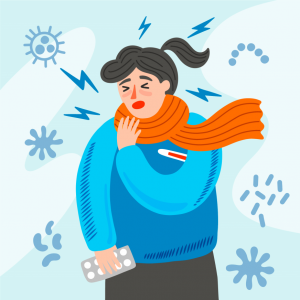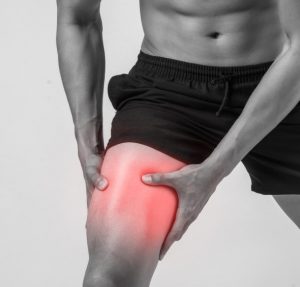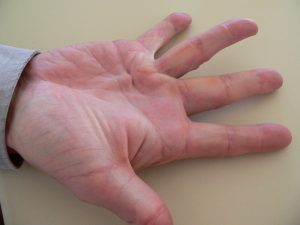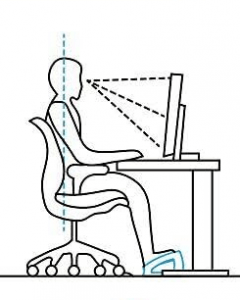How to Diagnose Muscle Health

For most of us, we don’t really think about issues without bodies until we can’t do something we once were able to, or if something starts to hurt. The downside of this is that by the time you notices issues, significant changes have already occurred. With muscles specifically, very often I hear – “Nothing hurts, so I’m healthy.” This notion, unfortunately, is the farthest from the truth.
Muscles tend to have a very high pain tolerance – meaning they can be tense and edging closer to injury for many years before we notice a real issue ie. limitations of range of motion and/or pain. This doesn’t mean you can’t undo the damage once there is an onset of discomfort, but its a lot easier and less painful to prevent a problem than to treat it after the fact.
Methods to find the issue
So how can one tell if there are issues with the muscle – very simply with palpation or applying pressure. Try applying pressure to an area where you think there is tension. More often than not, it will be a bit sensitive (either pain, ticklishness, or mixture of the two) to the touch and this sensitivity is a direct correlation to the amount of pressure you’re applying. Meaning the tighter the muscle, the more sensitive it will be with pressure. And the sensation is subjective, so what you’re feeling is accurate to your body and no one else’s; there is no universal pain scale that is accurate for this reason.
Now there are cases where this isn’t 100% accurate especially with cases such as fibromyalgia, preexisting injuries, etc. But for the most part this is highly accurate and one of the best way to determine on your own whether there are muscle tension/issues.









